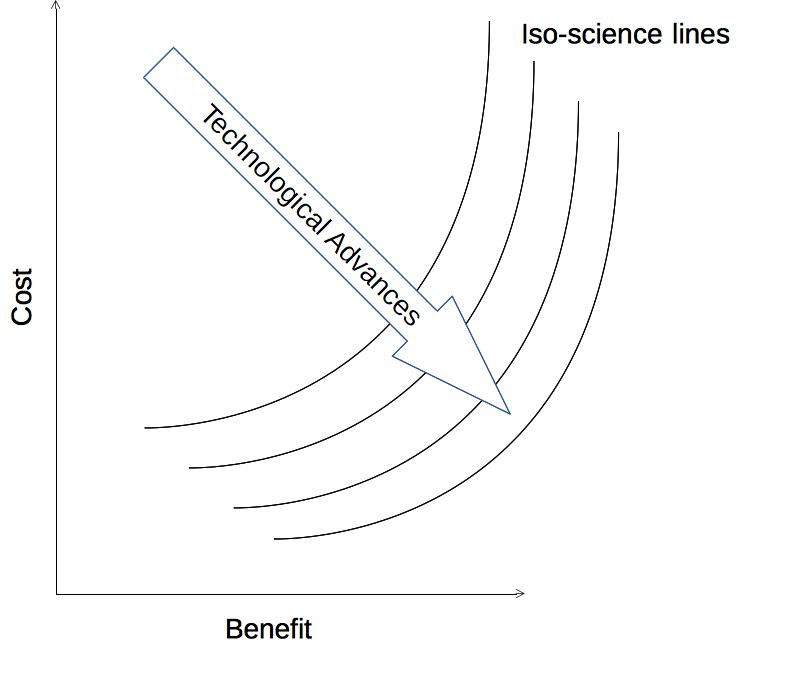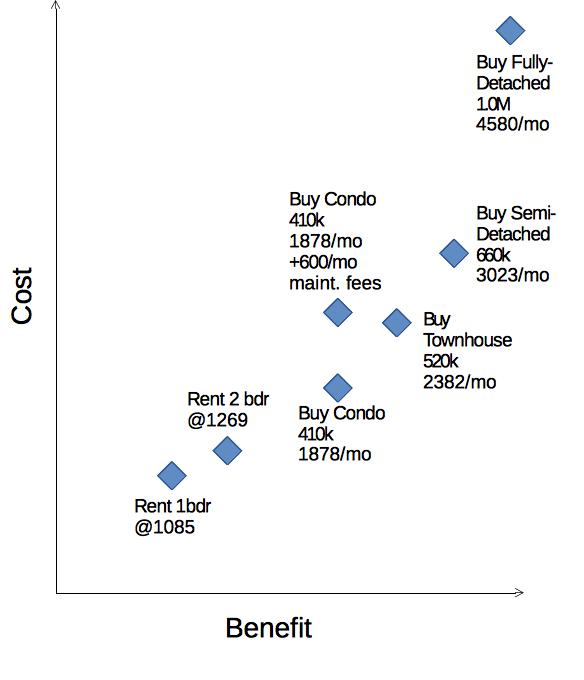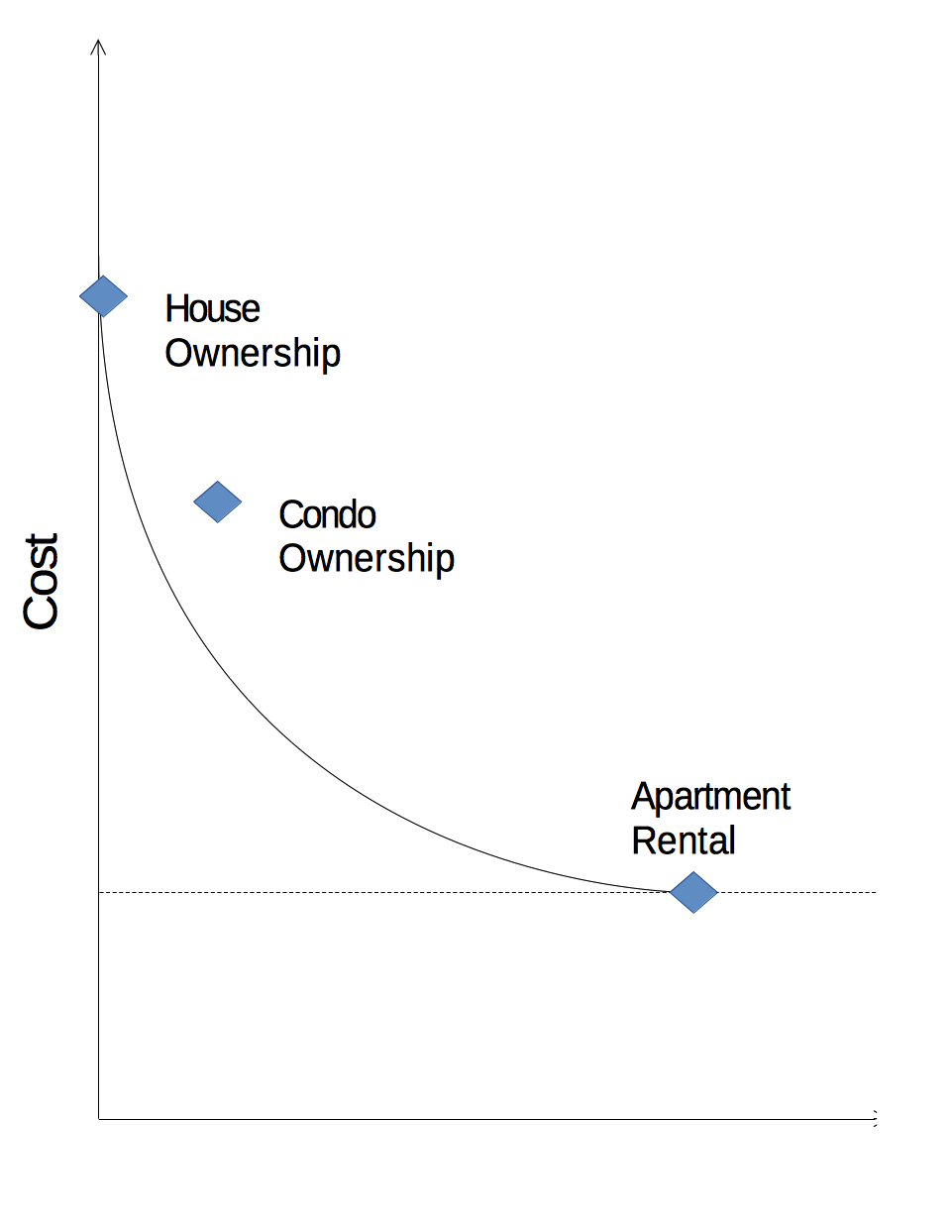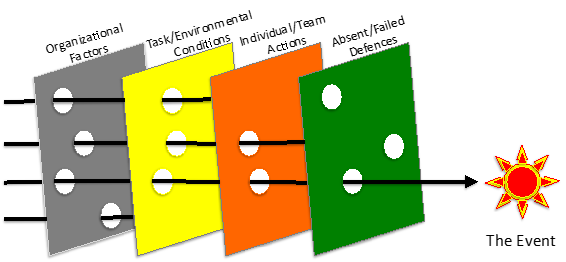What kinds of meetings do you actually need in an organization? I don’t really know the answer to this. What I do know are the meetings that work for me on an ongoing basis. I would call my process ‘Scrum-like’, in that I think it takes the best features of Scrum, but I’m sure I’m not doing it exactly by-the-book.
1) Daily 5-minute standups. When I say ‘5 minutes’, I mean 5 minutes. I have said much more on this here: http://nayrb.org/~blog/2016/01/15/the-5-minute-standup/ They keep people up to date, and should spawn whatever conversations you need to keep things flowing
2) Bi-weekly* planning and retrospective meetings. You may be able to get this down to 1 hour every two weeks for both if your team is well defined and has been working together for a while. You may need an hour each plus one hour for backlog grooming every two weeks. Again, depending on how defined the work is that your team is doing, YMMV.
3) One-on-one weekly meetings with each of your direct reports. Long term, probably the most important of any of these. This is where you find what is actually happening, how your people are actually feeling. ‘Managing Humans’ by Michael Lopp has multiple chapters on this. Fundamentally, you want to establish trust with your reports. This includes listening, asking them about what they want (both now and in the future), followed by more listening, then following up to actually get them what they want and need as much as you can.
4) Broadcast meetings. I’m talking about town halls, other meetings where you want to get news out to a lot of people quickly. Best to keep these reasonably short, and choose your most interesting public speakers. If you have a CEO that can hold a room and answer questions, this is a great opportunity for them to shine. Many of these meetings can be avoided by a fanout leading to 30s announcements by leads in your daily standups (or email).
5) This last category is more fuzzy. It includes all those meetings outside your regular schedule. These are generally a mix of long term planning meetings (vision/strategy/etc…), short term planning meetings (figuring out what we’re doing with this project so we can make it into bite-sized tickets), and unblocking meetings (this project is behind, these people disagree, this thing you want us to do is physically impossible, etc…).
It is this fuzziness that that can be the death of a meeting. The first four types have pretty defined schedules and agendas**. This last type is pretty free form. Here are some things we’ve found that help:
A) Make sure the meeting is ‘Ready’
In Agile, there is the concept of a ticket being ‘Ready’, where before someone starts work on something, that something has to reach a certain level of definition. Generally, this would include things like ‘Acceptance Critera’ (how you know it’s done), and a ‘Why’, ‘What’, and some idea of ‘How’ you are going to do it***.
For our meetings, we had a pretty simple of ‘Ready’:
– Someone is in charge of running the meeting
– The meeting has a stated purpose
– The meeting has an agenda
B) Make sure the person**** in charge of running the meeting can run a meeting
This generally means:
– They are familiar and can follow the purpose and agenda described above
– They can tell when a conversation is going off topic or over time
– They can bring the conversation back
This last point can be as simple as ‘in the interest of time’. Having a written agenda on a whiteboard or flipchart can help a lot with this. If you include time allotments, this will give your meeting runner something to point to to get people back on track.
C) Have plans for action items
– Assign action items
Often, this is the role of the meeting runner (chairperson, really), but could be some other person in the room with the gravitas/authority to persuade/compel people to do the required/decided on things.
– Track action items and follow up if necessary
You want the follow up assignments to be in a place where everyone in the meeting can track their progress (whatever ticketing system you have is ideal, or perhaps whatever wiki system your organization uses).
– Avoid a further meeting on this topic
Depending on your particular participants, someone may need to be assigned to follow up, or it could be ‘homework’ for the next meeting. Ideally, you want to make these meetings as infrequent as possible, so subsuming the action items into your regular ticketing and tracking system is ideal and obviates the need for a specific follow-up meeting.
And that’s it! If you follow these simple steps, your meetings should be much more focused and productive!
Let me know what you think in the comments (as well as if you want me to delve deeper into parts of this).
*I say bi-weekly because we do two week sprints. YMMV.
**If you want me to talk more about agendas for planning meetings, retros, one-on-ones, and broadcast meetings, I can do so, but this is out of scope.
***The exact contents of this definition of ‘Ready’ are generally defined on a team-by-team basis.
****There are a bunch of specific skills here which are out of scope. Comment if you want more on this.




